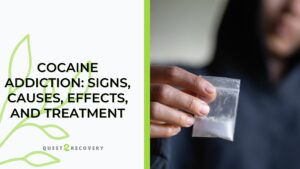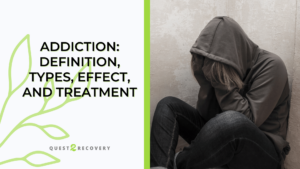Fentanyl is a powerful opioid pain medication that is similar to morphine and heroin but is much stronger. It is manufactured in various forms, including patches, lozenges, and nasal sprays. Fentanyl binds to opioid receptors in the brain, resulting in an intense, euphoric high and relief from pain. Fentanyl is an extremely addictive drug that is only intended for short-term, supervised clinical use and is usually only prescribed for patients that already have a tolerance to other opioid medications.
What Does Fentanyl Look Like – Color And Shape
Fentanyl is manufactured in many forms, from a clear gel or liquid to colorful lollipops, tablets, and nasal sprays. Fentanyl products that are manufactured for clinical use are clearly marked as fentanyl, but illicit fentanyl is usually sold in powder or liquid form.
Why Do People Take Fentanyl?
Fentanyl is prescribed for people suffering from severe pain, such as cancer patients and people in hospice. When used correctly, fentanyl is an incredible drug that helps people through serious illness or discomfort. People take fentanyl recreationally because it offers an intense high that comes with feelings of pleasure and relief from stress. Fentanyl is similar to other street opioids like heroin and offers a similar experience at a lower cost, making it more accessible to people from all economic backgrounds.
Why Is Fentanyl So Dangerous?
Fentanyl is dangerous because it is so powerful. It’s up to 100 times stronger than morphine, which has led to high rates of accidental fatal and nearly fatal overdoses. Fentanyl has a direct impact on the central nervous system and can cause a person’s breath and heart rate to slow down significantly, even leading to respiratory arrest, coma, or sudden death.
Fentanyl Addiction
Fentanyl is highly addictive, and its misuse can quickly lead to dependence. The drug works by changing how the brain perceives pain and can create a powerful euphoria. Over time, the body can develop a tolerance to fentanyl, requiring higher doses to achieve the same effect. This can quickly lead to addiction.
Treatment For Fentanyl Addiction: MAT
Medication-assisted treatment, also known as MAT, is an effective way to treat fentanyl addiction. MAT uses medications like methadone or naltrexone to help people manage their drug cravings and withdrawal symptoms, safely tapering them off of powerful opiates like heroin or fentanyl. Medication-assisted treatment programs use medication alongside psychotherapy and holistic therapies to help people overcome their addictions.
MAT meets people where they are and provides relief from severe withdrawal symptoms, giving them the stability they need in order to benefit from attending therapy sessions and 12-step meetings. Although medication-assisted treatment may not be right for everyone, it’s good to know that it is an option that many recovery centers offer because of the substantial benefits it provides.
Find Your Path to Recovery
At Quest 2 Recovery, our holistic treatment philosophy is focused on the unique needs of the individual. Our knowledgeable and professional team members offer incredible support and guidance to everyone who attends one of our programs and also help oversee the practical details involved with attending treatment to make your path to recovery as smooth as possible. With a trauma-based approach in a safe, family-like environment, we offer medical detox and tailored treatment plans to help people of all ages learn more about and resolve the underlying issues that cause substance abuse. If you or someone you love is struggling with a drug or alcohol addiction, contact us today.









